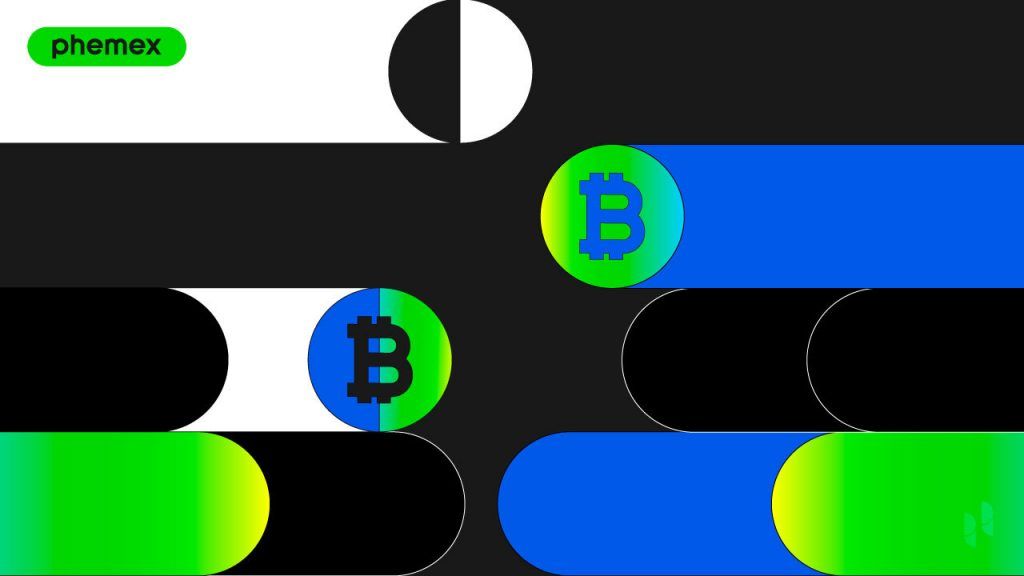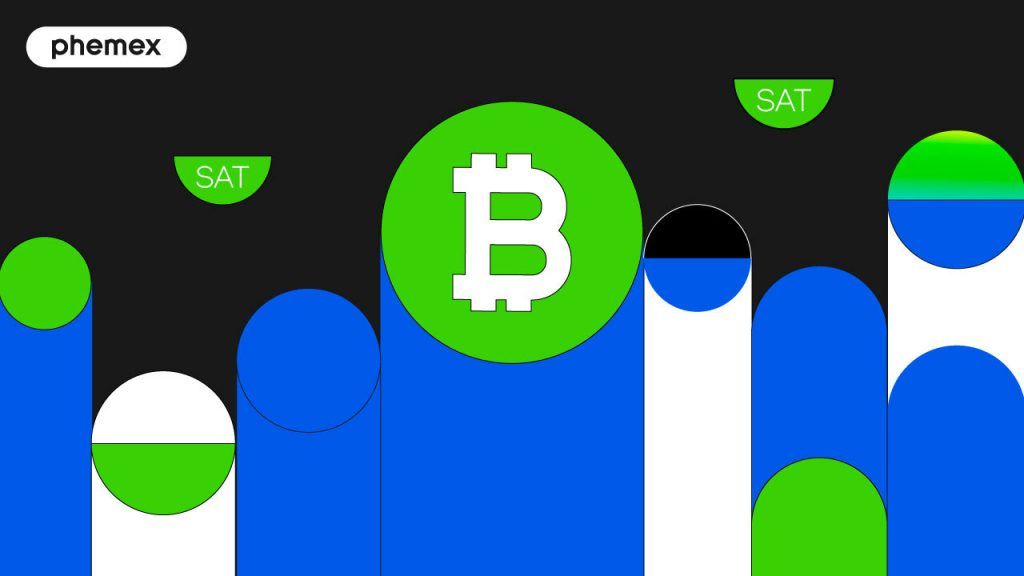A pivotal occurrence in Bitcoin's blockchain is the halving event, where the reward for mining Bitcoin transactions is reduced by half. As of 2020, miners receive 6.25 bitcoins per successfully mined block. The upcoming halving, expected around early-to-mid 2024, will decrease this reward to 3.125 bitcoins. As the network continues to halve over the years, the significance of these events will lessen when the reward nears the smallest Bitcoin unit, one satoshi.
Basics of the Bitcoin Network
Grasping the concept of a Bitcoin halving requires knowledge of the Bitcoin network's functionality. At the heart of Bitcoin is the blockchain, a system of computers (nodes) running the software and storing transaction history. Nodes that maintain a complete record, known as full nodes, validate transactions. They ensure every transaction adheres to Bitcoin's rules, such as the correct parameters and size limits.
Transactions are validated one by one, with a block of transactions only considered approved once each individual transaction within it has been validated. Successful validation leads to the transaction being added to the blockchain and shared across the network. The number of nodes, which was at 16,902 as of November 1, 2023, enhances the network's robustness and security. Nodes are not necessarily miners, but anyone with sufficient storage to download the full blockchain and its transaction history can become a node and, if they choose, a miner.
Basics of Bitcoin Mining
Bitcoin mining involves using computing power to process and validate transactions on the blockchain. The network employs a proof-of-work (PoW) system, where solving complex cryptographic puzzles validates transaction information. The analogy of mining references the extraction of precious metals, signifying the effort and resources required to obtain new bitcoins.
When a block is filled with transactions, it is sealed and enters a queue for mining. Miners then compete to solve a cryptographic hash that is less than or equal to the target hash, containing all information from previous blocks. Successfully mining a block confirms the legitimacy of its transactions and initiates the creation of a new block. This verification process, supported by nodes, builds a linked series of blocks, known as the blockchain.
What Is Bitcoin Halving?
Bitcoin halving is a process that occurs every 210,000 blocks, or roughly every four years, reducing the block reward given to miners for processing transactions by half. This mechanism is designed to continue until around 2140, when the maximum supply of 21 million bitcoins is expected to be reached. After this point, miners will be compensated with transaction fees paid by network users. Halving is crucial as it signifies the decreasing rate of new Bitcoin production, inching towards its finite supply. By October 2023, approximately 19.5 million bitcoins were in circulation, with about 1.5 million left to be mined.
Why Does Bitcoin Halving Occur?
The halving is embedded in Bitcoin's protocol to manage the currency's supply. The reasons for this include:
Scarcity and Controlled Supply
Bitcoin's creator, Satoshi Nakamoto, aimed for a digital currency with a limited and regulated supply. Halving the mining reward reduces the pace of new Bitcoin creation, enhancing its scarcity and maintaining its value proposition as a deflationary asset.
Inflation Control
Halving helps curb inflation within the Bitcoin ecosystem by slowing the rate at which new bitcoins are introduced. This deliberate issuance is meant to preserve the long-term value and stability of the currency.
Market Forces and Economics
The economic implications of halving affect miners and the wider market. Miners must adapt to remain profitable with reduced rewards, intensifying competition and potentially affecting the network's security and decentralization.
Price Impact
Historically, Bitcoin halvings have often been associated with price increases. Anticipation of a reduced supply against a backdrop of steady or increasing demand has led to positive market sentiment and price surges. However, it's important to note that historical trends do not assure future outcomes, and Bitcoin's price is influenced by a multitude of factors, not just halving events.
When Did the Bitcoin Halvings Happen?
Up to October 2023, Bitcoin has undergone three halving events:
- The first halving was on November 28, 2012, reducing the reward to 25 bitcoins.
- The second took place on July 9, 2016, bringing the reward down to 12.5 bitcoins.
- The third occurred on May 11, 2020, with the reward dropping to 6.25 bitcoins.
What Happens When Bitcoin Halves?
Bitcoin halving pertains to the reduction of bitcoin rewards that miners receive, a mechanism designed to emulate the effect of diminishing yields, potentially driving up demand due to a lower rate of new token creation.
Why Are the Halvings Occurring Less Than Every 4 Years?
Bitcoin aims to maintain a consistent block discovery time of approximately 10 minutes. However, actual block times can vary, affecting how quickly the 210,000-block threshold for each halving is reached. For instance, if blocks are found in less than 10 minutes on average, the interval between halvings may be slightly shorter than four years.
What Happens When There Are No More Bitcoins Left?
It's a common belief that the last bitcoin will be mined around 2140. Yet, as the mining reward halves every 210,000 blocks, it will continue to decrease until the reward is as small as one satoshi—the smallest unit of bitcoin. Since a satoshi cannot be halved, it may remain the reward until the total bitcoin supply reaches the 21 million cap, which could result in millions of satoshis still being distributed as mining rewards beyond 2140.
When is the next Bitcoin halving event?
As of now, over 19 million BTC, or nearly 89% of the total 21 million limit, are in circulation. With about 900 new bitcoins being created every day, the supply will continue to rise at a decelerating rate until the cap is reached. The next halving is expected after the 840,000th block post-previous halving and is projected to happen around April 2024, at which point the miner's reward will be reduced to 3.125 BTC. The exact timing of halvings can fluctuate based on the actual block discovery time.
Read More
- What is Bitcoin Halving?
- What is Crypto Mining & How does it Work?
- Supply and Demand of Bitcoin: How Many Bitcoins Are There?
- What is Bitcoin: World’s Largest “Group Project”
- https://phemex.com/academy/cryptocurrency-glossary/bitcoin-btc
- Why Does Bitcoin Have Value?
- October BTC Market Analysis
- What is Hyperbitcoinization: Bitcoin As The Dominant Monetary Force








